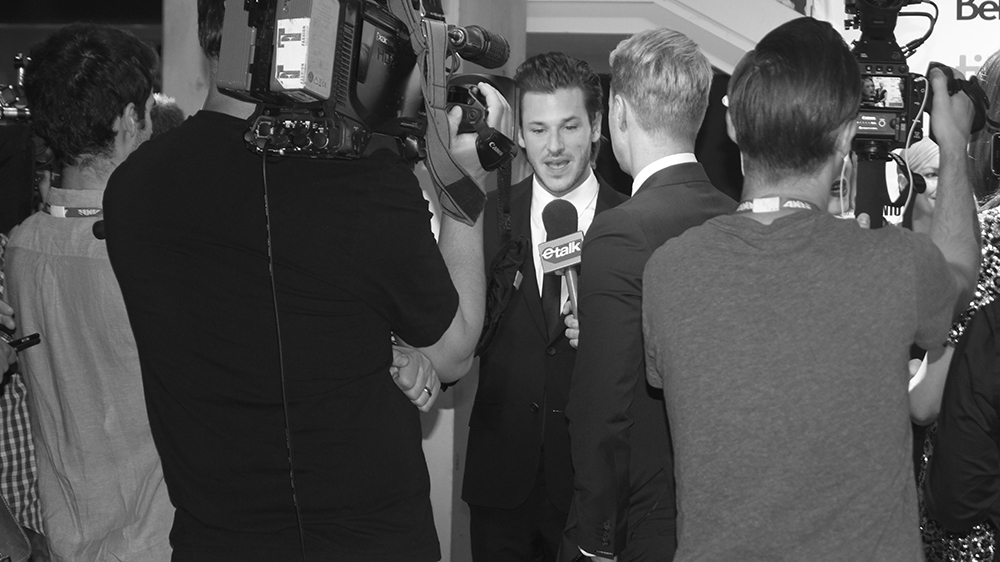Bernice Afriyie | Arts Editor
Featured photo: The ensemble of It’s Only the End of the World speaks to press before the TIFF premiere of the film. | Bernice Afriyie
Xavier Dolan, a Montreal filmmaker and writer, returns to the screen with his sixth feature film Juste la fin du Monde, translated as It’s Only the End of the World. The film won the Grand Prix at the Cannes film festival and is an adaptation of a play of the same name by French playwright Jean-Luc Lagarce.
It’s Only the End of the World made its North American premiere at the Toronto International Film Festival, or TIFF, on September 11. The film follows Louis, played by Gaspard Ulliel, a writer in France who returns to his hometown after 12 years to tell his family that he is dying. His mother, played by Nathalie Baye; his brother Antoine, played by Vincent Cassel; his sister Suzanne, played by Léa Seydoux; and sister-in law Catherine, played by Marion Cotillard, comprise his dysfunctional family.
The first scene of the family together is laced with uncertainty as the audience watches the characters looking at each other and sometimes intimately returning the gaze to the audience. The characters speak in broken sentences, constantly rephrasing and pausing in their speech. What the family doesn’t say, and their struggle to negotiate their interactions with Louis, speaks more to their crumbling relations than their actual words. It’s in one of these sparsely worded interactions between Catherine and Louis that the film hints toward Louis’ homosexuality.
Dolan takes the narrative of a family drama and reinvents it by refusing to recycle narrative conventions. There is no narrative climax. Instead, there is a series of tension-filled scenes between Louis and each of his family members. The scene between Louis and Antoine hints at a climactic end as the two aimlessly drive around the narrative, but the peak is never realized. Louis, after being accused by Antoine of not bonding with him, shares trivial details about his own life in a false attempt to connect as Antoine speeds up.
As It’s Only the End of the World evades the trappings of convention and formula, it moves closer towards realism. The film isn’t so much an adaptation of a play, but an adaptation of theatre. Dolan skillfully translates the content of Lagarce’s play along with its form. Catherine and Louis’ intimate looks at the audience mirror theatrical asides and foils. In theatre, such devices break the immaterial fourth wall, but when applied to the two-dimensional world of film, what does this film break? Theatrical adaptation becomes an erasure of habitual methods of relations in film, both between the film and audience, and characters with each other. Just as stepping beyond the fourth wall into the clearing of reality, the film’s character interactions symbolize a movement away from typified dialogue and ways of being in film.
It’s Only the End of the World cleverly escapes the tropes of family dramas by redefining what it means to translate theatre into film, a feat that could not be accomplished without the compelling performances of the acting ensemble. A daring film with a Canadian tie, it’s definitely a film to watch going into award season.


